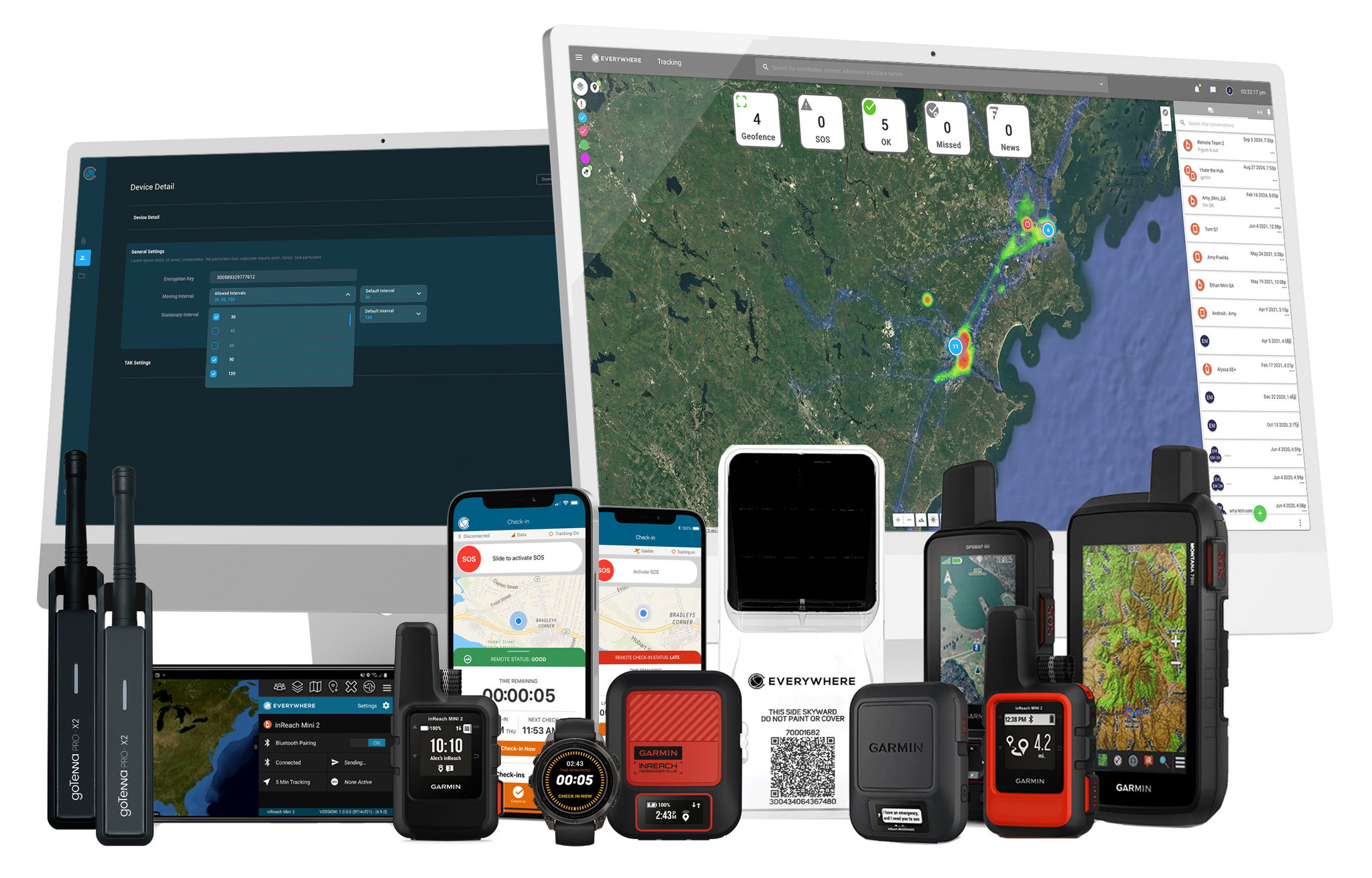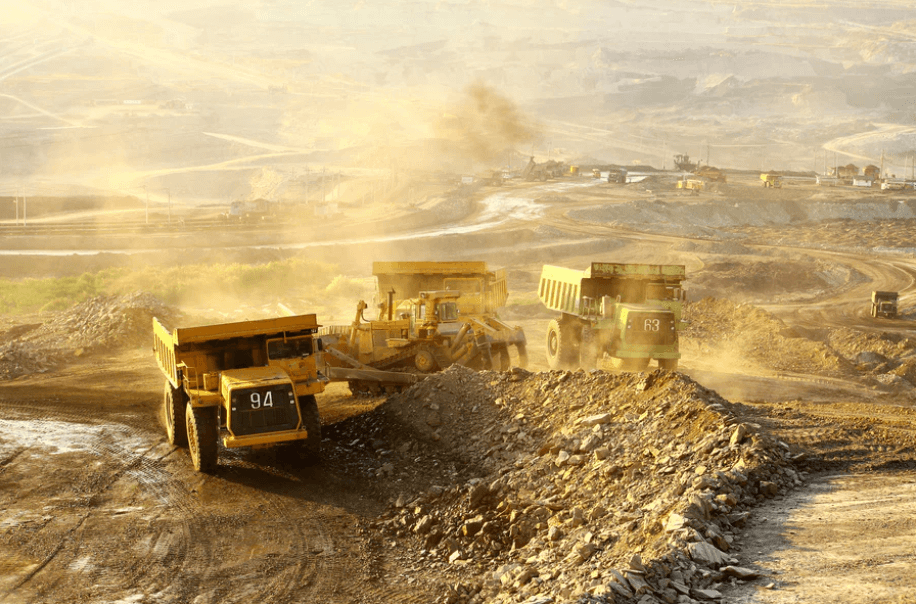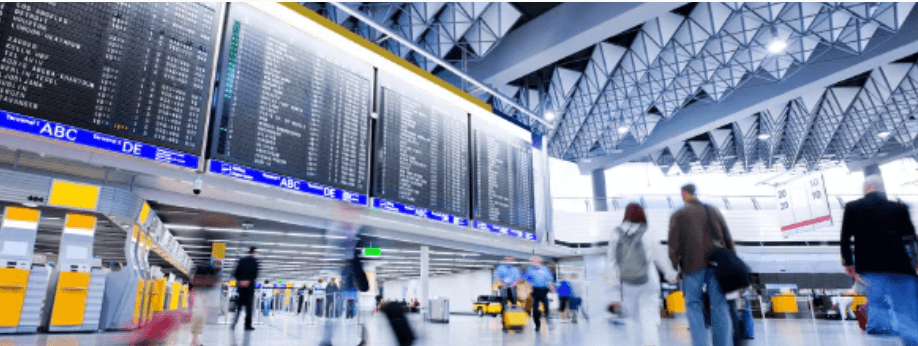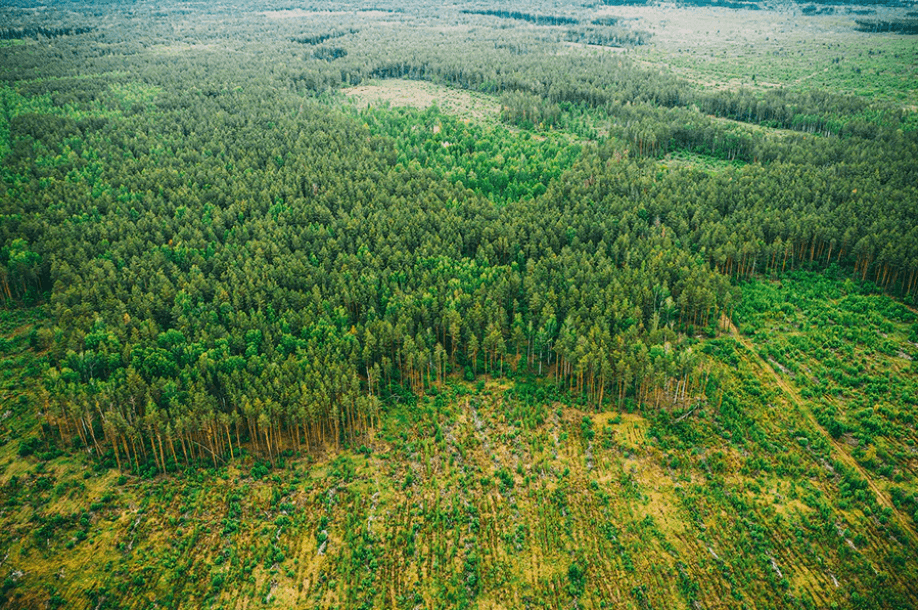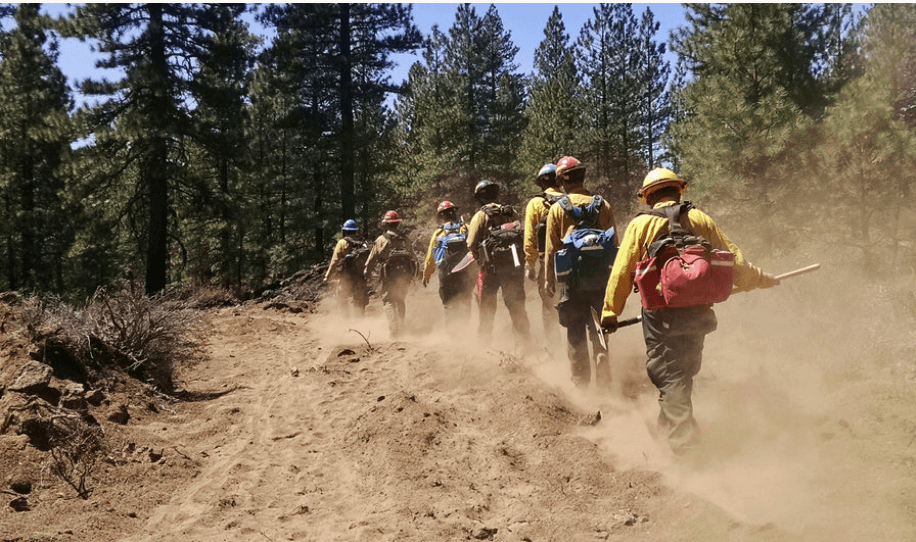Improving Situational Awareness: Right Info, Right People, Right Time
Transforming crisis response through geotargeted, actionable intelligence–helping teams maintain clear situational awareness and reliable communication, even in the midst of chaos.

When a tornado strikes, the first 24 hours are critical.
It’s a window where fast, accurate information can mean the difference between safety and danger, clarity and chaos, or even life and death. Yet too often, the systems we depend on to gather and share that information collapse—right when we need them most.
For journalists, emergency responders, utilities, NGOs, and disaster relief teams, reporting breakdowns in those first hours can derail response efforts before they even begin.
Key Reasons Why Communications Break Down During Tornadoes
1. Information Bottlenecks – Without connectivity, field teams can’t upload photos, videos, or real-time reports. Journalists are left relying on outdated info. First responders don’t know which roads are passable. Social media may offer glimpses—but without verification, it can cause more confusion than clarity.
2. Duplicate Efforts – When data is fragmented or delayed, multiple teams may unknowingly cover the same areas, while others remain unassessed. In disaster response, redundancy wastes time—and costs lives.
3. Lack of Visual Evidence – Text-based updates only go so far. Visual reporting—photos, videos, and mapped locations—is what drives true situational awareness. Without tools that work offline or in low-bandwidth conditions, those visuals are often delayed or lost entirely.
4. Communication Silos – Different agencies, teams, and organizations often rely on separate platforms, protocols, or chains of command. This fragmentation means critical updates don’t always reach everyone who needs them. A clear, timely picture of the situation gets lost in translation—or doesn’t travel at all.
5. Manual Processes – Too much of the reporting chain still relies on pen-and-paper notes, spreadsheets, or individual memory. These methods are slow, error-prone, and difficult to share in real time. In high-stakes environments, even small delays or miscommunications can compound into major setbacks.
What the First 24 Hours Demand
Whether you’re a reporter documenting the damage or a utility team restoring infrastructure, success in those first 24 hours comes down to preparation and having the right tools. That means:
Offline-Capable Tools that sync when a connection returns
Geotagged, Timestamped Media for instant credibility and traceability
Real-Time Dashboards to direct resources efficiently
Crisis response doesn't wait. Neither should you.
In the wake of a tornado, traditional communication channels break down. Decision-makers are flying blind. If your team can’t report fast, clear visibility in that first 24-hour window, the entire response effort is at risk.
The tools to solve these challenges already exist—and they’re built for the environments where others fail.
• Operate fully offline and sync seamlessly when connections return
• Combine mapping, messaging, media, and metadata into one secure platform
• Provide real-time situational awareness, even in the most disrupted conditions
The key is having them before the storm hits. You only have one chance to get those first 24 hours right.
Stay Informed. Stay Connected.
Sign up for the EVERYWHERE newsletter.

